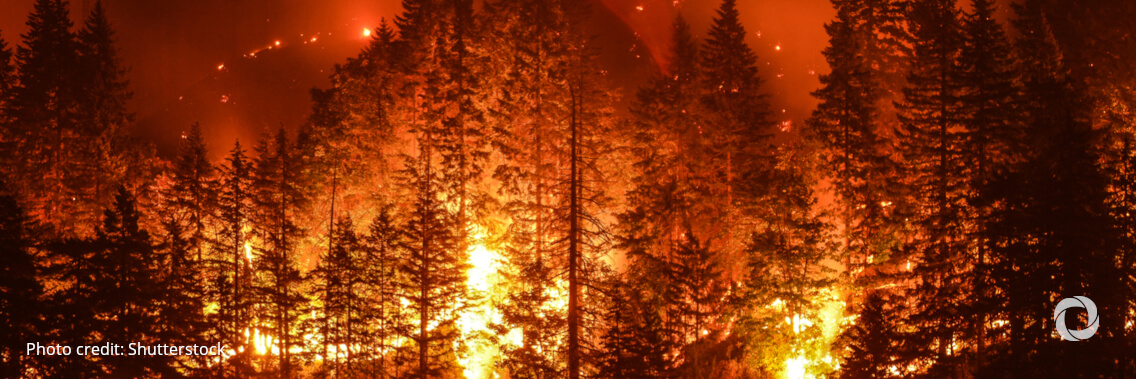The US National Oceanic and Atmospheric Administration (NOAA) confirmed that in 2021, the US experienced 20 major climate-related disaster events with damage costs exceeding 1 billion. In total, these events caused US$145 billion in damage and claimed at least 688 lives.
The year was also one of the hottest globally and the fourth-hottest in the US since it started keeping records 127 years ago.
“If you relate the experienced global temperature increases with the findings of the IPCC WG 1 in their report last August on the science of climate change, the frequency, scale, and cost of climate-related disasters will very likely increase not only in the US but all around the world,” says John Christensen, Senior Climate and Energy Expert at the United Nations Environment Programme (UNEP).
Despite a 5.6 per cent drop in fossil fuel CO2 emissions in 2020, due to restrictions related to the COVID-19 pandemic, atmospheric concentrations of the major greenhouse gases, carbon dioxide, methane, and nitrous oxide, continued to increase in 2020 and 2021, according to the World Meteorological Organization (WMO) State of the Global Climate 2021 report.
The NOAA report shows that the global mean temperature between January and September 2021 was around 1.08 ±0.13 °C above the 1850-1900 pre-industrial average. The year is likely to be between the 5th and 7th warmest year record at the global level.
If we fail to match climate rhetoric with #ClimateAction, we condemn ourselves to a hotter, more volatile earth – with worsening disasters and mass displacement.
Ambition must be matched by political will and the availability of resources to make it happen.
— António Guterres (@antonioguterres) January 19, 2022
WMO also predicts a 40 per cent chance that global average temperatures will temporarily exceed 1.5°C in at least one of the next five years, and in several subregions, this is already happening. According to the Paris Agreement, Member States committed to limiting global warming to well below 2°C, preferably to 1.5°C, compared to pre-industrial levels. Every country signing up to the agreement set out a target, known as a Nationally Determined Contribution (NDC), for reducing greenhouse gas emissions by around 2030.
New pledges from world governments were recently shared in the lead-up to and at the UN Climate Change Conference of the Parties (COP26) in November 2021. But as UNEP’s 2021 Emissions Gap Report shows, these efforts are still not anywhere strong enough.
“Our fragile planet is hanging by a thread,” said UN Secretary-General António Guterres in his wrap-up message to the conference. “ We are still knocking on the door of climate catastrophe. It is time to go into emergency mode — or our chance of reaching net-zero emissions by 2050 will itself be zero.”
Growing momentum for action
As temperatures rise, so is the global momentum to address climate change. In the world’s largest-ever survey of public opinion on climate change conducted in 2021, most people called for wide-ranging climate action. Covering 50 countries with over half of the world’s population, the survey included more than half a million people under the age of 18, a key constituency on climate change that is typically unable to vote in regular elections.
In order to provide relevant and up-to-date information to these many interested people around the world, UNEP established the World Environment Situation Room in 2019, as a demonstration platform put by a consortium of Big Data partners. It includes geo-referenced, remote-sensing, and earth observation information collates climate data in near real-time, and present this data in an easily accessible format

